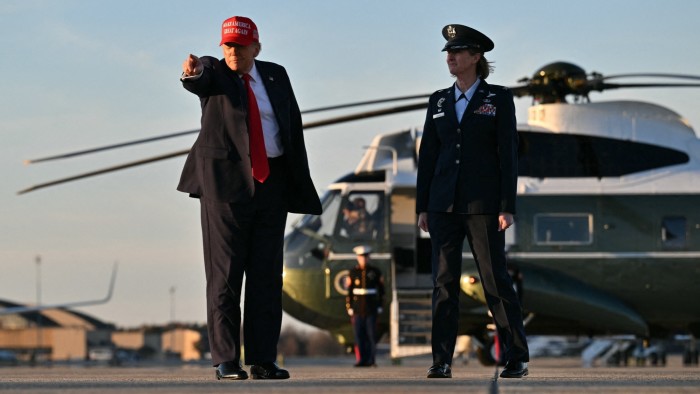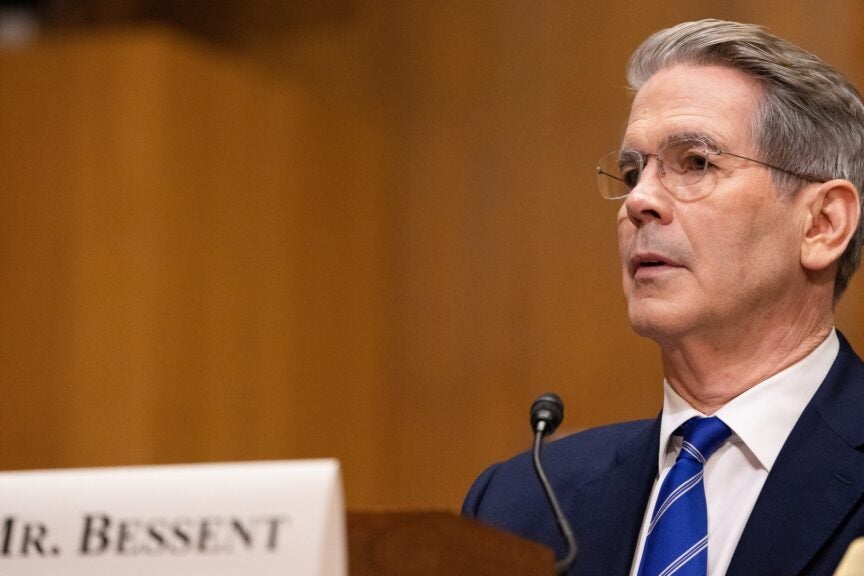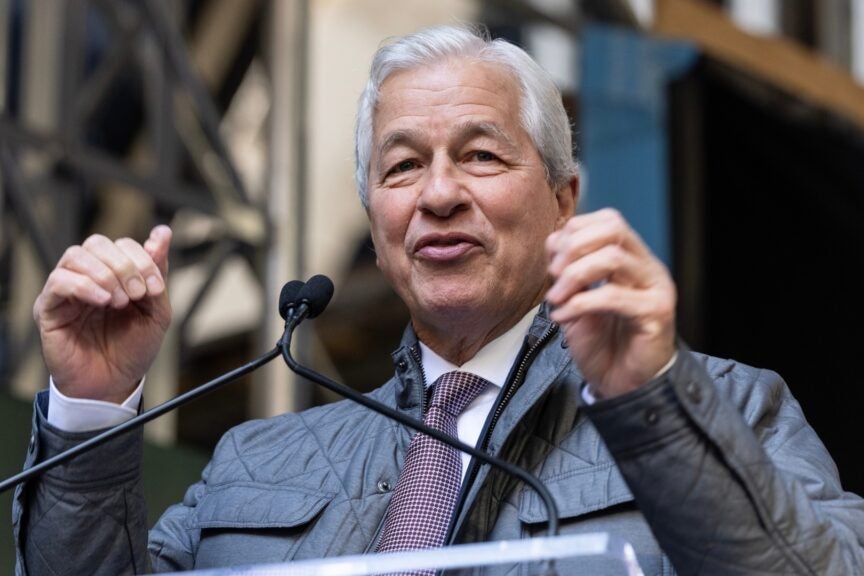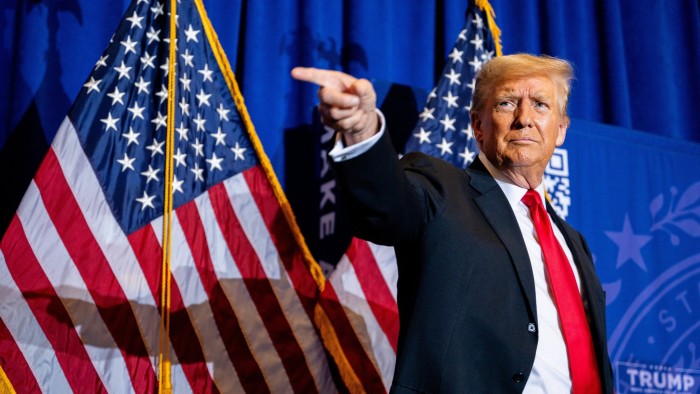Understanding the Trump Put: Implications for Financial Markets
The term “Trump Put” has emerged as a significant concept in discussions surrounding financial markets, particularly in the context of political uncertainty associated with Donald Trump’s presidency and beyond. This intriguing phenomenon suggests that investors may perceive a safety net—or a ‘put option’—under the market, stemming from the potential for government intervention in times of economic distress. As political dynamics continue to evolve, understanding the risks associated with the Trump Put becomes crucial for investors seeking to navigate today’s economic landscape.
The Concept of the Trump Put
To grasp the implications of the Trump Put, it’s important to first understand what a “put” is in financial terms. A put option is a contract that gives the holder the right, but not the obligation, to sell an asset at a predetermined price before a specified date. In the context of the market, the Trump Put refers to the belief that Trump’s administration—or any administration that follows his precedent—will step in to support financial markets during periods of volatility or downturns. This perceived safety net can encourage riskier investments and inflate asset prices, as investors feel more secure that losses will be mitigated by governmental actions.
The Psychological Impact on Investors
Investor psychology plays a pivotal role in financial markets. The Trump Put embodies a kind of optimism bias where investors believe that market corrections will be short-lived due to anticipated government support. This mindset can lead to:
- Increased Risk Appetite: Investors may be more willing to engage in high-risk investments, believing that a downturn will be buffered by intervention.
- Market Volatility: The reliance on government support can increase market volatility, as investors react sharply to news related to political stability and economic policy.
- Asset Bubbles: The expectation of a safety net can lead to inflated asset prices, creating bubbles that might not be sustainable in the long term.
Historical Context: The Trump Administration and Market Response
During Donald Trump’s presidency, we witnessed several instances where markets reacted to his policies and rhetoric. For example, tax cuts and deregulation spurred economic growth, leading to rising stock prices. However, the markets also faced significant volatility, particularly during trade negotiations and the onset of the COVID-19 pandemic.
As the pandemic struck, the Trump administration implemented various stimulus measures, including direct payments to individuals and support for businesses. The Federal Reserve also slashed interest rates and engaged in quantitative easing, further reinforcing the notion of a Trump Put. This intervention led to a rapid market recovery, showcasing how a perceived government safety net can influence investor behavior.
The Role of Political Uncertainty
Political uncertainty can significantly impact market confidence. As we move into an election cycle, the implications of the Trump Put become even more pronounced. Investors may find themselves grappling with questions such as:
- What policies will be implemented by future administrations?
- How will changes in leadership affect regulatory frameworks?
- What is the potential for increased economic intervention?
Risks Associated with the Trump Put
While the Trump Put appears to provide a cushion for investors, it also introduces several risks that must be carefully considered:
1. Market Dependence on Government Intervention
One of the primary risks is that markets may become overly reliant on government intervention. This dependence can create a false sense of security, leading to a lack of prudence in investment decisions. If investors expect continual support, they may neglect traditional risk management strategies, exposing themselves to greater losses in the event of a downturn.
2. Policy Reversals and Uncertainty
The political landscape is notoriously unpredictable. Should a new administration reverse key policies or fail to provide the anticipated support, the resulting market shock could be significant. This uncertainty can lead to increased volatility as investors quickly adjust their expectations and positions.
3. Economic Disparities
The Trump Put could exacerbate economic disparities. While some investors may benefit from government support, others—particularly those in lower-income brackets—may not see the same advantages. This divergence can lead to social and economic tensions, potentially destabilizing the broader economy.
Navigating the Risks of the Trump Put
For investors, understanding and navigating the risks associated with the Trump Put is essential. Here are some strategies to consider:
- Diversification: By diversifying investments across various asset classes and sectors, investors can mitigate risks associated with reliance on government intervention.
- Staying Informed: Keeping abreast of political developments and economic indicators can help investors anticipate potential market shifts.
- Risk Management: Employing risk management techniques, such as stop-loss orders and portfolio rebalancing, can help protect against sudden market downturns.
Conclusion: A Balanced Perspective on the Trump Put
The Trump Put illustrates the complex interplay between politics and financial markets. While the notion of a safety net can provide comfort to investors, it is crucial to recognize and address the associated risks. As we move forward, maintaining a balanced perspective—one that acknowledges both the opportunities and the dangers of this phenomenon—will be key to successfully navigating the ever-evolving economic landscape.
Ultimately, understanding the Trump Put is about more than just assessing potential risks; it’s about developing a comprehensive investment strategy that is resilient in the face of uncertainty. By staying informed and adopting prudent investment practices, investors can better position themselves to weather the storms of political and economic volatility.
See more CNBC Network



